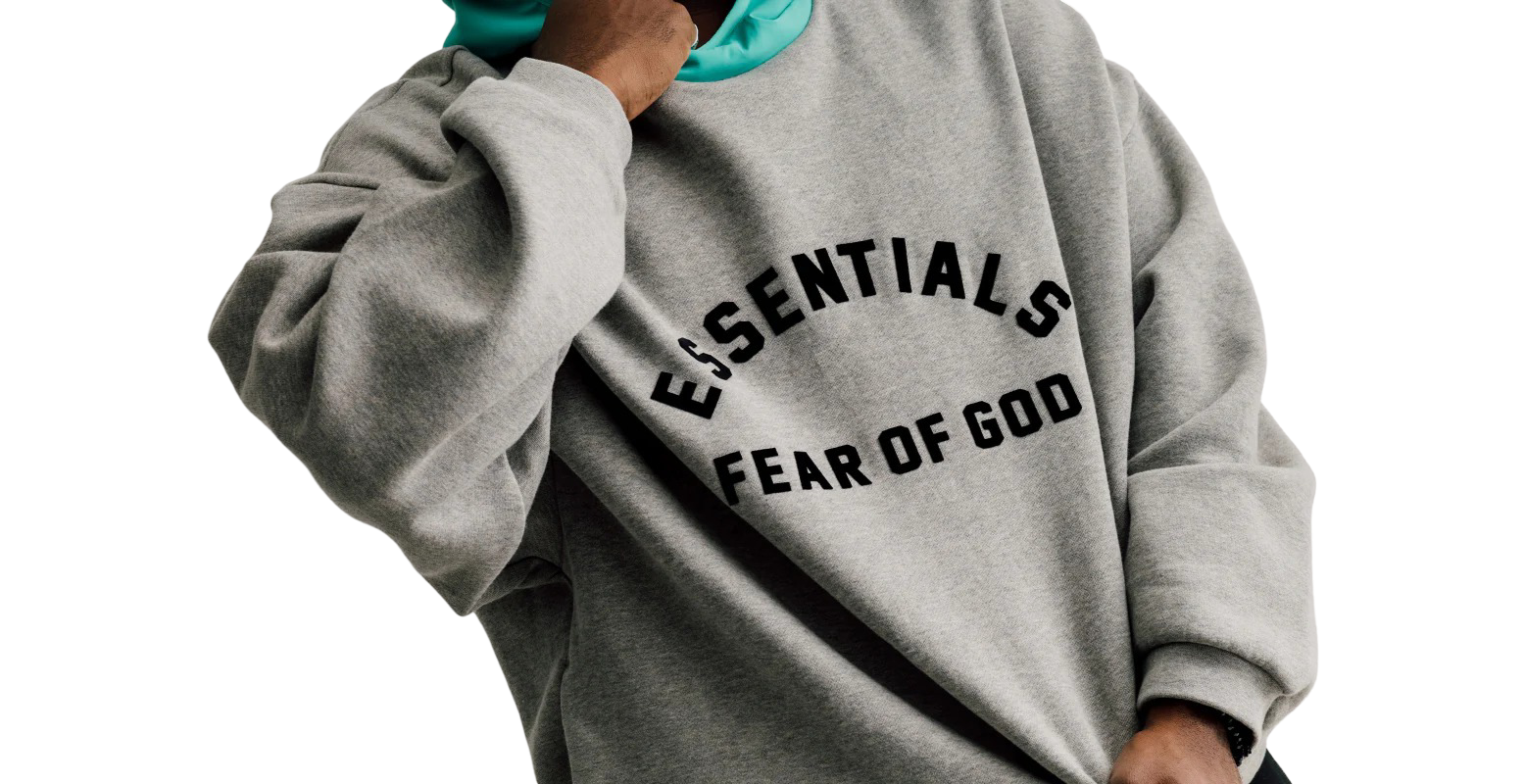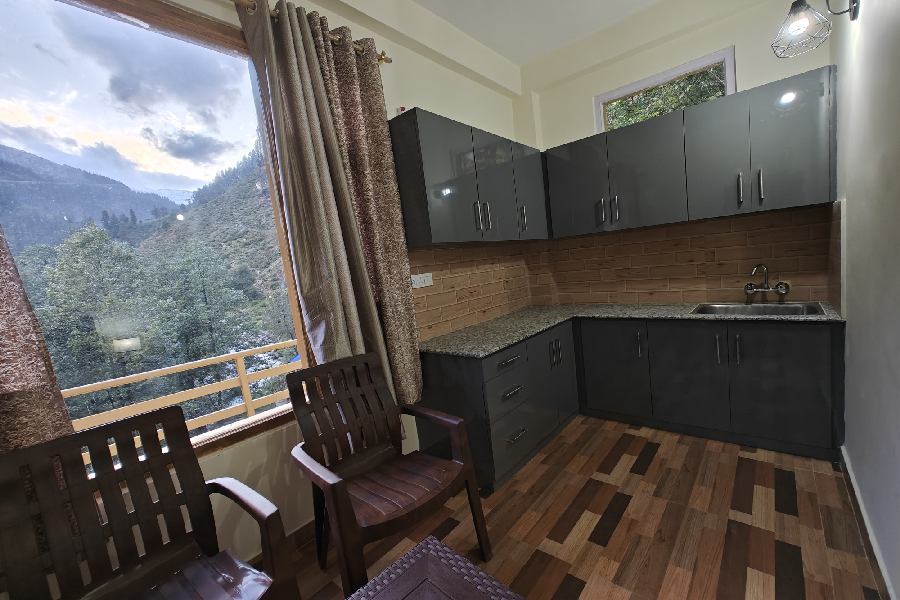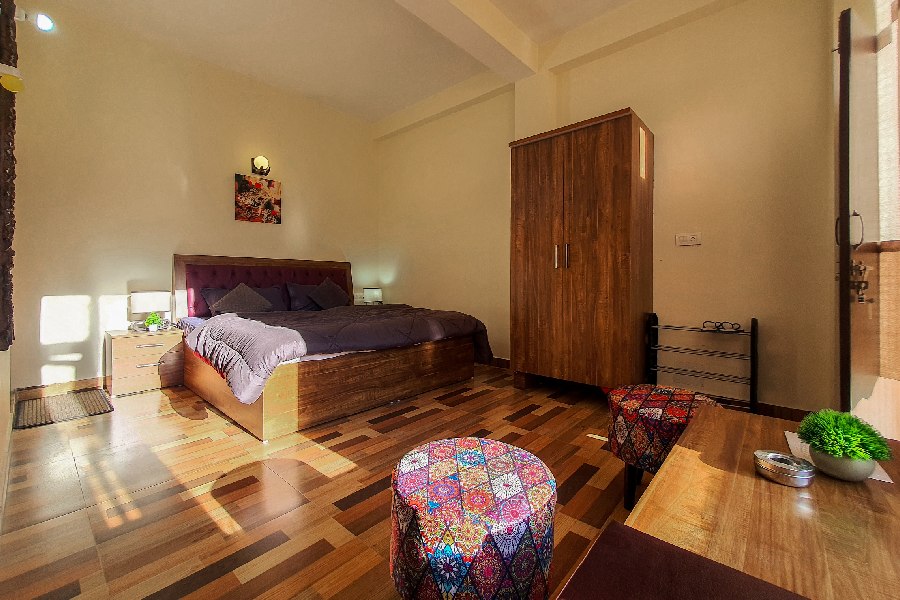
Essential Clothing for a Networking Event
When it comes to networking, first impressions matter more than you might think. A firm handshake, confident smile, and smart conversation are vital — but before you say a single word, your clothing already communicates volumes.The way you dress at a networking event tells others how seriously you take https://essentialclothing.us.org/ your career, how well you understand professional settings, and how confident you are in yourself. Whether you’re attending a formal industry mixer, a startup gathering, or a creative networking brunch, what you wear can help you make a lasting, positive impression.Here’s your complete guide to essential clothing for a networking event — from dressing with purpose and confidence to understanding the subtle power of style in professional connection.
1. Why Clothing Matters at a Networking Event
In networking, perception is everything. People form opinions in seconds, and your clothing is part of that quick assessment. The goal is not to impress with flashiness, but to project competence, confidence, and authenticity.
Clothing helps you:
Establish credibility – People tend to trust those who appear polished and prepared.
Express personality – Your outfit can hint at creativity, reliability, or leadership.
Enhance confidence – When you feel good in what you’re wearing, you communicate better and connect more easily.
You don’t need a designer wardrobe to look professional. The key lies in choosing the right fit, fabric, and tone for the type of event you’re attending.
2. Research the Event Before Choosing an Outfit
Every networking event has its own culture and level of formality. What works for a corporate leadership conference might feel out of place at a startup happy hour or a creative media mixer.
Corporate or Business-Formal Events
Think of conferences, seminars, or industry summits. These require polished professional wear:
For men: tailored suits, dress shirts, and leather shoes.
For women: blazers with trousers or skirts, professional dresses, and modest heels or flats.
Stick with classic, neutral tones — navy, black, gray, or beige — and add personality through accessories or subtle color accents.
Business-Casual Networking Mixers
Popular in modern workplaces, this dress code allows more flexibility.
Men can opt for chinos or dress pants with a button-down shirt or smart sweater.
Women can wear tailored pants, midi skirts, or jumpsuits paired with blouses or cardigans.
This look balances professionalism with approachability — perfect for social mingling.
Creative or Informal Networking Events
For tech meetups, art shows, or social entrepreneurship events, style is an opportunity to express individuality.
Think smart-casual layering — denim jackets, patterned shirts, or statement shoes — as long as it looks clean and intentional.
Avoid anything overly casual like gym wear, flip-flops, or distressed clothing.
The goal is to appear creative yet credible.
3. Prioritize Fit and Comfort
You may be standing or moving around for hours, shaking hands, or engaging in lively discussions. Comfort is essential for confidence.
Fit First
No matter the price tag, poorly fitting clothes look unprofessional. Tailor your outfit for the perfect fit — sleeves should end at the wrist bone, pants should graze your shoes, and dresses should move comfortably without clinging.
Breathable Fabrics
Choose materials like cotton, wool blends, or lightweight polyester that maintain shape and allow airflow. You don’t want to overheat under event lights or during busy interactions.
Mobility Matters
Make sure you can easily raise your arms for handshakes, move through crowds, or sit comfortably during panels. Restrictive clothing makes you appear stiff — and discomfort can undermine your confidence.
4. The Power of Neutral Tones and Subtle Colors
Color psychology plays a quiet but powerful role in how people perceive you.
Navy or Blue: Conveys trust, reliability, and calm.
Gray: Professional, neutral, and balanced — great for understated confidence.
Black: Elegant and powerful, but best paired with softer tones to avoid appearing intimidating.
White or Cream: Clean, approachable, and sharp.
Accent Colors: Deep greens, burgundy, or soft pastels can showcase personality without overwhelming the look.
The rule of thumb: keep it simple. Choose one dominant neutral color and one subtle accent to add character.
5. Accessories That Enhance, Not Distract
Accessories can refine your outfit and show attention to detail — but less is more.
For Men:
A sleek watch, belt matching your shoes, and simple cufflinks are enough. Avoid flashy jewelry or large patterns on ties.
For Women:
Opt for minimal jewelry — stud earrings, a delicate necklace, or a slim bracelet. Choose a structured bag that fits your essentials without being bulky.
If you’re carrying business cards, keep them in a neat holder — not crumpled in your pocket.
6. Footwear: The Foundation of Confidence
Shoes are often noticed first, especially in professional settings. They complete your look and influence your posture.
For men: Leather dress shoes or loafers in black or brown. Keep them polished.
For women: Closed-toe flats, low heels, or loafers — stylish yet comfortable for standing.
Avoid new shoes that might cause blisters. You’ll be walking and standing a lot, and discomfort can quickly turn into distraction.
7. Grooming and Presentation
Clothing alone doesn’t complete your look — grooming and overall presentation matter just as much.
Ensure clothes are ironed, clean, and lint-free.
Keep hair tidy and professional, suited to your style.
Maintain clean nails and fresh breath (carry mints, not gum).
Subtle fragrance works well, but avoid strong perfumes or colognes — they can overwhelm in close spaces.
Attention to detail shows professionalism and respect for others’ time and company.
8. Bring Layers for Versatility
Event venues can vary in temperature — from over-air-conditioned conference halls to warm social lounges. A blazer, light jacket, or smart cardigan adds flexibility and style.
Layers also make transitions easier: you can remove your jacket for a casual conversation or wear it for a panel discussion.
9. The Psychology of Dressing for Success
How you dress influences how you feel and how others respond to you. This is known as “enclothed cognition” — the idea that your outfit affects your mindset.
When you wear something polished, you automatically behave with more confidence and purpose. That confidence makes you more approachable, articulate, and persuasive — all key traits in networking success.
Your outfit becomes part of your non-verbal communication, quietly telling others:
“I take myself — and this connection — seriously.”
10. Authenticity Above All
While professionalism is https://essentialclothing.us.org/hoodie/ crucial, authenticity seals the deal. Don’t dress in a way that feels fake or overly formal for your personality. Authenticity attracts genuine connections.If you’re naturally creative, add a personal touch — a bold print, statement earrings, or colorful socks. If you’re more traditional, focus on timeless elegance.The goal isn’t to blend in; it’s to stand out for the right reasons — polished, confident, and unmistakably yourself.
Conclusion: Dress to Connect, Not Just Impress
At a networking event, your clothing does more than make you look good — it builds trust before you even speak. It’s your visual introduction, your first handshake in fabric form.
From fit and comfort to color and detail, each element of your outfit works together to create a professional yet approachable image. When you dress with intention, you communicate that you’re serious about your goals — and about the people you hope to connect with.
So next time you step into a networking event, dress for more than success. Dress for opportunity, for confidence, and for authentic human connection.
Because in the world of networking, the right outfit isn’t just essential clothing — it’s your personal business card.
1. Why Clothing Matters at a Networking Event
In networking, perception is everything. People form opinions in seconds, and your clothing is part of that quick assessment. The goal is not to impress with flashiness, but to project competence, confidence, and authenticity.
Clothing helps you:
Establish credibility – People tend to trust those who appear polished and prepared.
Express personality – Your outfit can hint at creativity, reliability, or leadership.
Enhance confidence – When you feel good in what you’re wearing, you communicate better and connect more easily.
You don’t need a designer wardrobe to look professional. The key lies in choosing the right fit, fabric, and tone for the type of event you’re attending.
2. Research the Event Before Choosing an Outfit
Every networking event has its own culture and level of formality. What works for a corporate leadership conference might feel out of place at a startup happy hour or a creative media mixer.
Corporate or Business-Formal Events
Think of conferences, seminars, or industry summits. These require polished professional wear:
For men: tailored suits, dress shirts, and leather shoes.
For women: blazers with trousers or skirts, professional dresses, and modest heels or flats.
Stick with classic, neutral tones — navy, black, gray, or beige — and add personality through accessories or subtle color accents.
Business-Casual Networking Mixers
Popular in modern workplaces, this dress code allows more flexibility.
Men can opt for chinos or dress pants with a button-down shirt or smart sweater.
Women can wear tailored pants, midi skirts, or jumpsuits paired with blouses or cardigans.
This look balances professionalism with approachability — perfect for social mingling.
Creative or Informal Networking Events
For tech meetups, art shows, or social entrepreneurship events, style is an opportunity to express individuality.
Think smart-casual layering — denim jackets, patterned shirts, or statement shoes — as long as it looks clean and intentional.
Avoid anything overly casual like gym wear, flip-flops, or distressed clothing.
The goal is to appear creative yet credible.
3. Prioritize Fit and Comfort
You may be standing or moving around for hours, shaking hands, or engaging in lively discussions. Comfort is essential for confidence.
Fit First
No matter the price tag, poorly fitting clothes look unprofessional. Tailor your outfit for the perfect fit — sleeves should end at the wrist bone, pants should graze your shoes, and dresses should move comfortably without clinging.
Breathable Fabrics
Choose materials like cotton, wool blends, or lightweight polyester that maintain shape and allow airflow. You don’t want to overheat under event lights or during busy interactions.
Mobility Matters
Make sure you can easily raise your arms for handshakes, move through crowds, or sit comfortably during panels. Restrictive clothing makes you appear stiff — and discomfort can undermine your confidence.
4. The Power of Neutral Tones and Subtle Colors
Color psychology plays a quiet but powerful role in how people perceive you.
Navy or Blue: Conveys trust, reliability, and calm.
Gray: Professional, neutral, and balanced — great for understated confidence.
Black: Elegant and powerful, but best paired with softer tones to avoid appearing intimidating.
White or Cream: Clean, approachable, and sharp.
Accent Colors: Deep greens, burgundy, or soft pastels can showcase personality without overwhelming the look.
The rule of thumb: keep it simple. Choose one dominant neutral color and one subtle accent to add character.
5. Accessories That Enhance, Not Distract
Accessories can refine your outfit and show attention to detail — but less is more.
For Men:
A sleek watch, belt matching your shoes, and simple cufflinks are enough. Avoid flashy jewelry or large patterns on ties.
For Women:
Opt for minimal jewelry — stud earrings, a delicate necklace, or a slim bracelet. Choose a structured bag that fits your essentials without being bulky.
If you’re carrying business cards, keep them in a neat holder — not crumpled in your pocket.
6. Footwear: The Foundation of Confidence
Shoes are often noticed first, especially in professional settings. They complete your look and influence your posture.
For men: Leather dress shoes or loafers in black or brown. Keep them polished.
For women: Closed-toe flats, low heels, or loafers — stylish yet comfortable for standing.
Avoid new shoes that might cause blisters. You’ll be walking and standing a lot, and discomfort can quickly turn into distraction.
7. Grooming and Presentation
Clothing alone doesn’t complete your look — grooming and overall presentation matter just as much.
Ensure clothes are ironed, clean, and lint-free.
Keep hair tidy and professional, suited to your style.
Maintain clean nails and fresh breath (carry mints, not gum).
Subtle fragrance works well, but avoid strong perfumes or colognes — they can overwhelm in close spaces.
Attention to detail shows professionalism and respect for others’ time and company.
8. Bring Layers for Versatility
Event venues can vary in temperature — from over-air-conditioned conference halls to warm social lounges. A blazer, light jacket, or smart cardigan adds flexibility and style.
Layers also make transitions easier: you can remove your jacket for a casual conversation or wear it for a panel discussion.
9. The Psychology of Dressing for Success
How you dress influences how you feel and how others respond to you. This is known as “enclothed cognition” — the idea that your outfit affects your mindset.
When you wear something polished, you automatically behave with more confidence and purpose. That confidence makes you more approachable, articulate, and persuasive — all key traits in networking success.
Your outfit becomes part of your non-verbal communication, quietly telling others:
“I take myself — and this connection — seriously.”
10. Authenticity Above All
While professionalism is https://essentialclothing.us.org/hoodie/ crucial, authenticity seals the deal. Don’t dress in a way that feels fake or overly formal for your personality. Authenticity attracts genuine connections.If you’re naturally creative, add a personal touch — a bold print, statement earrings, or colorful socks. If you’re more traditional, focus on timeless elegance.The goal isn’t to blend in; it’s to stand out for the right reasons — polished, confident, and unmistakably yourself.
Conclusion: Dress to Connect, Not Just Impress
At a networking event, your clothing does more than make you look good — it builds trust before you even speak. It’s your visual introduction, your first handshake in fabric form.
From fit and comfort to color and detail, each element of your outfit works together to create a professional yet approachable image. When you dress with intention, you communicate that you’re serious about your goals — and about the people you hope to connect with.
So next time you step into a networking event, dress for more than success. Dress for opportunity, for confidence, and for authentic human connection.
Because in the world of networking, the right outfit isn’t just essential clothing — it’s your personal business card.


